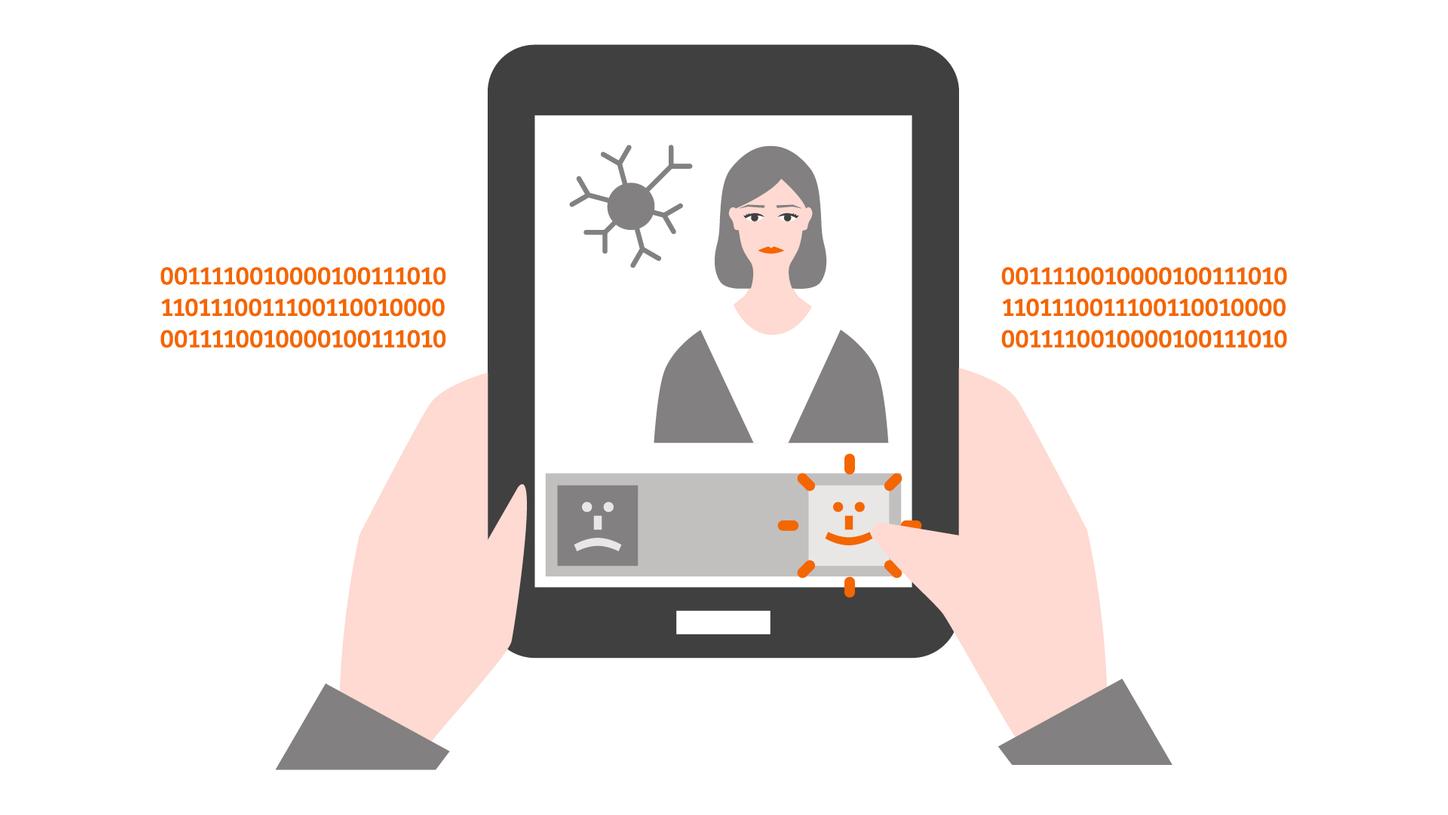As the COVID-19 pandemic spread across the U.S., one of the world’s worst-affected countries, hospitals faced an unprecedented dual challenge: coping with the surge of patients with a novel disease while at the same time continuing to care for non-COVID patients.
Delivering optimal care to both non-COVID and COVID patients during such an unprecedented crisis required far-reaching changes in the use of technology and data.
This case study explores how U.S. hospitals are quickening their digital transformation: how they are adapting existing technologies and scale them up further. It shows the rise of innovative partnerships across organizations and sectors, fostering collaborations in data sharing to facilitate more effective decision-making and planning. Finally, it investigates how patients as well as the healthcare workforce will need to be supported and trained to ensure the necessary skills and acceptance when it comes virtual care and digital technologies after the pandemic.
This article is part of a series that presents original insights based on exclusive research and interviews with global healthcare leaders. Complementing this, Siemens Healthineers has analyzed survey data, prepared by The Economist Intelligence Unit, to assess the current progress of healthcare digitalization. Find "Who are the leaders in digital health and what can we learn from them in times of COVID-19" as well as further case studies here.
Healthcare delivery has been disrupted by the COVID-19 pandemic and digitalization has become a key component transforming the healthcare landscape. In order to make this digital transformation sustainable even after the pandemic, we believe that four steps are essential for building a digital healthcare enterprise. Learn more.



